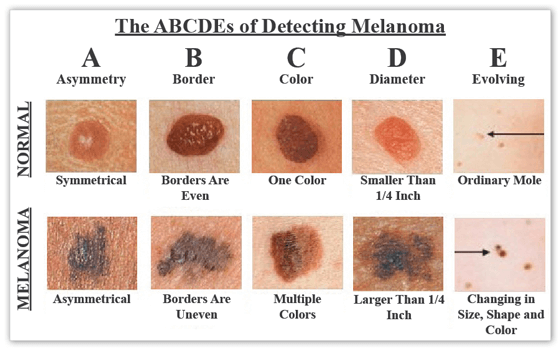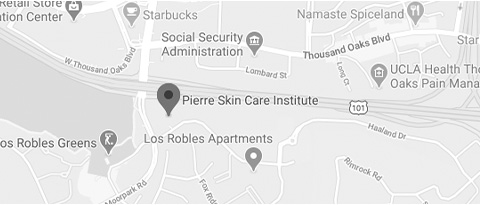Moles
Get Help Monitoring Pigmented Growths in Thousand Oaks
About one in every 100 babies is born with a mole—but nearly everyone develops at least one mole at some point in life. As Dr. Peterson Pierre explains to his patients in Thousand Oaks, moles are incredibly common, but can look very different from each other. They may be raised or flat, and almost any color: black, brown, red, pink, blue, purplish, white, or skin tone.
Only admnistrator owned posts can execute the [includeme] shortcode. This message is shown only to administrators.
Most moles are harmless, but they can be confused with skin cancer, so it is important to be aware of warning signs and pay attention to any suspicious growths. Dr. Pierre can examine any bumps or lesions closely to determine whether they are benign or warrant removal and treatment.
[includeme] shortcode. This message is shown only to administrators.
What Are Moles?
Moles are skin growths made up of cells known as melanocytes, which have a high pigment concentration. While these cells are typically distributed throughout the skin, they can cluster to form freckles and spots. When these clusters bulge up and out from the surface of the skin, they make a mole.
The majority of what are technically known as “nevi” develop by the time we are 20 years old, and average adults have between 30 and 40, scattered all over their body.
Only admnistrator owned posts can execute the[includeme] shortcode. This message is shown only to administrators.
What Is the Difference Between a Mole and Melanoma?
Melanoma, a rare but deadly form of skin cancer, is the result of melanocytes growing wildly out of control. Because melanoma lesions and moles are so similar, it is important to periodically check growths for warning signs of cancer. Dr. Pierre tells patients to particularly watch for the ABCs that differentiate between the two:
- A—Asymmetry. Benign lesions tend to be symmetrical, so growths that appear lopsided or uneven deserve a closer look.
- B—Border irregularities. Any lesion with scalloped, notched or poorly defined edges can indicate unwanted rampant melanocyte growth.
- C—Colors. While moles can come in many colors, they are generally uniform. Multicolored growths can be cause for concern.
- D—Diameter greater than a pencil eraser. Any lesion larger than a quarter of an inch across should be examined by a dermatologist.
- E—Evolving. Since cancer cells continue growing unchecked, lesions that change in size and shape, especially in a relatively short amount of time, can be problematic. Likewise, your doctor should be made aware of any growths that begin hurting, crusting, or bleeding.
If you notice any of these warning signs, schedule an appointment at Pierre Skin Care Institute right away.

What Can Be Done About Moles?
Though non-cancerous moles do not require treatment, they can be easily removed as desired using modern techniques that minimize risk of scarring. This would be a cosmetic treatment, as opposed to a medical dermatology procedure.
Given the very real risk of cancer, however, everyone should schedule an annual skin examination in addition to performing monthly self-checks. Being aware of the number, location, and size of growths on your own body—and especially coming to an appointment with knowledge of any recent changes—can give Dr. Pierre important information as he performs his own assessment.
Only admnistrator owned posts can execute the[includeme] shortcode. This message is shown only to administrators.
Why Choose Pierre Skin Care Institute for Mole Checks in Thousand Oaks?
The skin is a complex organ where lesions, bumps, and other irregularities appear for a multitude of reasons. Working as a board-certified dermatologist, Dr. Peterson Pierre is equipped to recognize specific symptoms for accurate diagnoses. This skill is accompanied by empathy and the recognition that how a patient looks can impact how a patient feels.
Only admnistrator owned posts can execute the[includeme] shortcode. This message is shown only to administrators.




